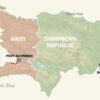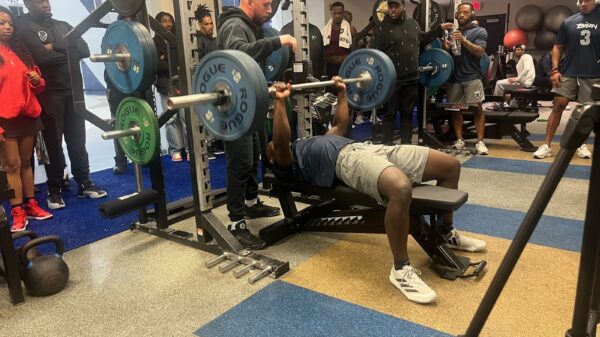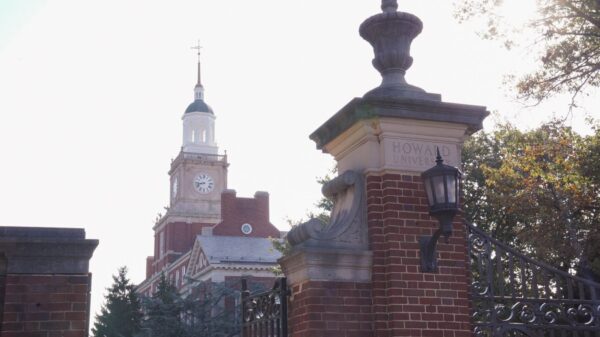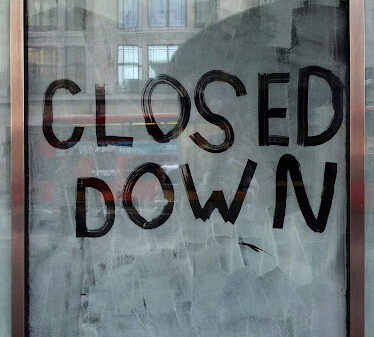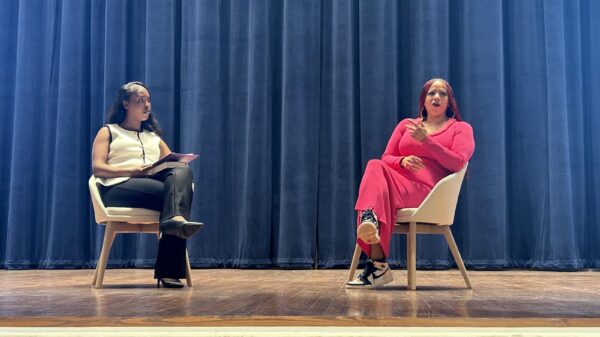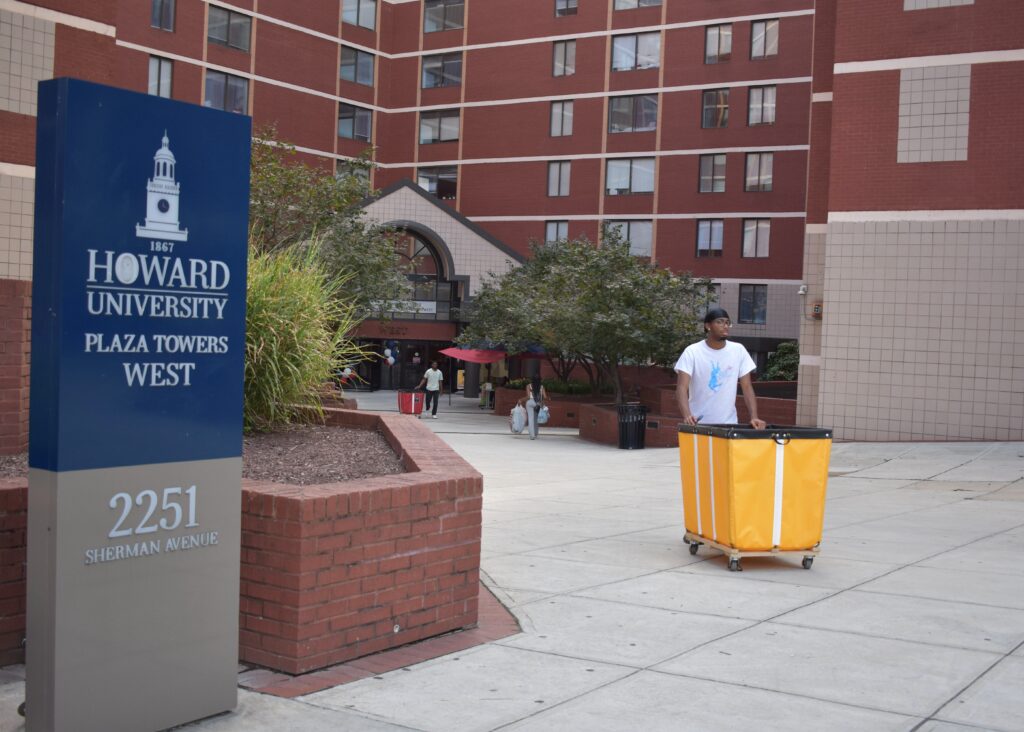
Howard welcomed its largest incoming class in history, with more than 2,700 freshmen college students arriving on campus and moving into their residences beginning Aug. 9.
With the increase in incoming students, the university is working to fit all first and second-year students on campus with their preferred housing.
The large freshman class comes after Howard received a record 37,000 applicants last year for the incoming class. The applicant pool from the class of 2028 increased by 12 percent, meaning about 4,000 more applicants than the previous year. Undergraduate admissions officer Andrew Taylor said the acceptance rate was “about 30 to 32 percent,” as reported by The Hilltop.
Jenesis Williams is an incoming freshman clinical laboratory science major from Clinton, Mississippi. She’s excited to work with new people, network, join organizations, get her name out there in business and have a fun time at “one of the best HBCUs.”
Lydia Sermons, Howard’s Vice President and Chief Communications Officer, said in a statement that the number of enrolled freshmen students this year is “in line with the goals set by the university’s administration.”
“As always, we have looked for innovative ways to open the Howard experience to a diverse array of students who can contribute to our university community in unique ways,” Sermons said. “As a result, Howard is experiencing growth in enrollment, which is a positive development fueled in large part by higher upperclassman retention rates.”
Sermons also said that the university has added new faculty and classes and “enhanced” dining services. Howard has additionally added more than 300 beds to housing availability, she said.
Some students, however, have said that they have been placed in triples after requesting different housing options.
Makayla Lumpkin, a sophomore biology major from Sicklerville, New Jersey, had requested a single in Howard Plaza West Towers. Instead, she was placed in a triple in Howard Plaza Towers West.
“I cried and I was very upset,” Lumpkin said. “All of my friends got singles, and I was the only one placed in a triple.”
She said she had concerns about what she said was a lack of space and the potential for conflicts among roommates, especially given the shared bathroom and living arrangements.
Sermons said that triples represent 1 percent of beds available through university housing. She said that 22 rooms are configured as triples, four of which are in Drew Hall and 18 of which are in the Howard Plaza Towers buildings.
“The unprecedented interest in enrolling at Howard has required ingenuity in housing to meet the needs of each student,” Sermon said. As we have in the past, we have leveraged a group of larger rooms which can comfortably accommodate triples to ensure that as many students have housing as possible, especially freshmen.”
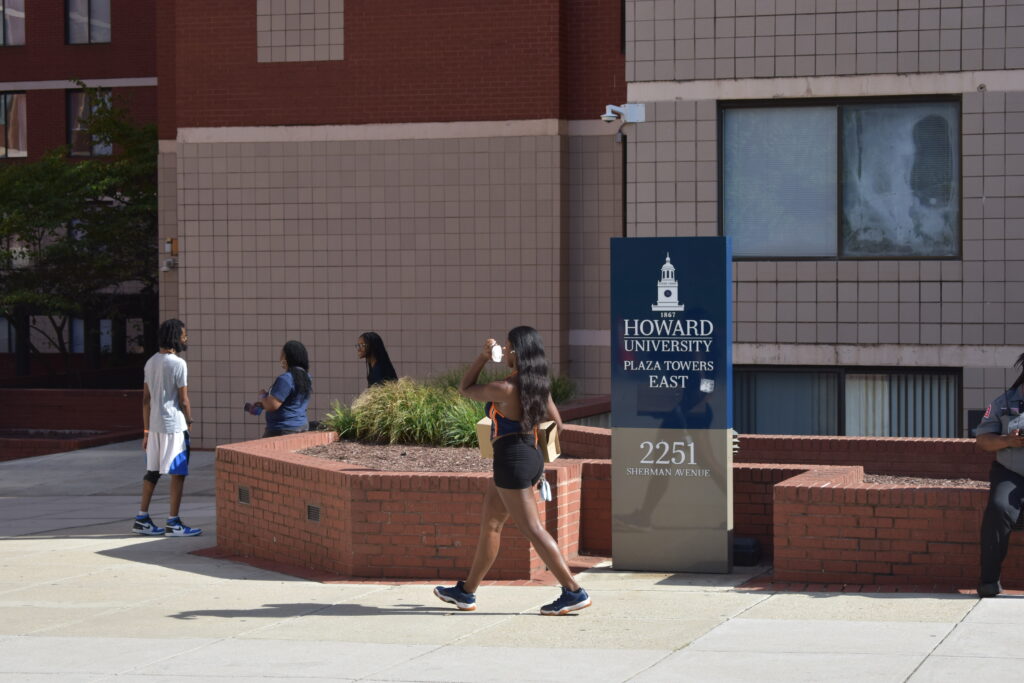
Aaron Simpson, a sophomore mechanical engineering major from Odenton, Maryland, also faced changes to his housing assignment.
Initially placed in a shared efficiency, an extra-large double occupancy room, in West Towers, his assignment was later changed to a standard double in East Towers without explanation.
Another student, Tokunbo Bolanle, a sophomore finance major from Ypsilanti, Michigan, shared similar frustrations.
Bolanle, who had requested a single in East Towers, was placed in a shared efficiency triple. This change means she can no longer bring her emotional support animal.
She emphasized the impact on her mental health.
“My room is supposed to be my safe space, and I know living in a triple will hinder this,” Bolanle said.
According to the Howard University Residence Hall pricing, the cost of a triple in both Howard Plaza Towers West and Howard Plaza Towers East is the same as a small double with a shared bath—$4,158 per semester.
Lumpkin expressed her frustration about the pricing, mentioning that triples offer significantly less space and privacy for the same cost.
Students like Lumpkin and Bolanle believe upperclassmen should take priority over freshmen for more desirable housing.
Copy edited by Camiryn Stepteau








